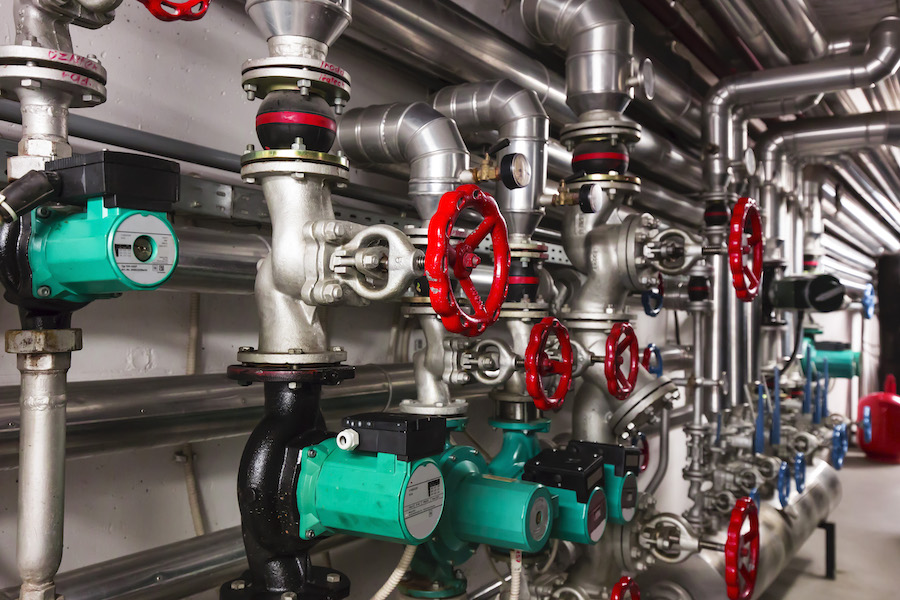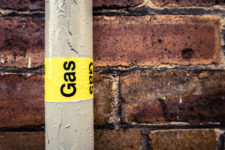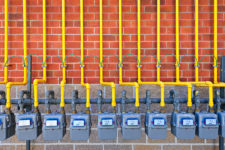Introduced in 2016, Local Law 152 required periodic inspections for gas piping systems. Three years later, the DOB has finally released their final rules, covering inspection frequency, qualifications, scope, and more.
We previously covered proposed rules in the Blog, but there are a number of critical changes following a lengthy comment and revision period.
Here’s the final word on what you need to know to comply, starting in 2020:
What is Local Law 152?
Local Law 152 of 2016 was part of a larger package of regulations concerning gas line safety. Read more about this group of local laws here.
Specifically, 152 requires periodic inspections for gas piping systems. Read the text of the full law here.
The DOB’s proposed rules clarify timing, filing requirements, and civil penalties for noncompliance. We’ll break them down section by section, but you can check out both parts of the rule, linked here: Part One and Part Two.
Which buildings does the law apply to?
Building gas piping systems except for gas piping systems classified in occupancy group R-3 must be periodically inspected – there’s no change here from the proposed rules.
Per the code, occupancy group R-3 includes “buildings or portions thereof containing no more than 2 dwelling units,” like convents and monasteries with fewer than 20 occupants, group homes, and 1 & 2 family dwellings. If you’re unsure of your property classification, you can find your building’s occupancy group on the Certificate of Occupancy (if you’re an InCheck or SiteCompli user, you can view these in your account).
When are inspections due?
In a big change from the originally proposed rules, inspections are now being organized by Community District – not borough.
To make sure buildings have enough time to prepare, the first cycle start date has been pushed from 2019 to 2020.
Inspections must be performed and submitted once every 4 years, with different due date cycles for four groups of Community Districts:
- January 1, 2020 – December 31, 2020: Community Districts 1, 3, and 10 in all boroughs
- January 1, 2021 – December 31, 2021: Community Districts 2, 5, 7, 13, and 18 in all boroughs
- January 1, 2022 – December 31, 2022: Community Districts 4, 6, 8, 9, and 16 in all boroughs
- January 1, 2023 – December 31, 2023: Community Districts 11, 12, 14, 15, and 17 in all boroughs
As the law says, each Community District listed applies to that number for all boroughs at the same time (CD 1 in Manhattan, in the Bronx, etc.). If you don’t know which District your building is located in, you can learn more on the city’s website.
As of January 1, 2024, due dates for periodic inspections will be the 4-year anniversary of the previous inspection (as indicated on the submitted certification). In addition, the inspection cannot be conducted more than 60 days prior to the due date.
For example, if your first inspection was on March 1, 2020, your next due date would be March 1, 2024. You would not be able to perform the inspection more than 60 days prior to March 1, 2024.
For new buildings (a building or any portion thereof approved for occupancy after 12/31/19), the gas piping inspection should be completed during the 10th year after the DOB issues a Certificate of Occupancy for the building (the rules make no distinction between temporary and final CO). Subsequent inspections would have to follow the above schedule based on Community District.
What if I don’t have a gas piping system?
If your building doesn’t have a gas piping system, you’ll still be required to comply with this law.
Per the proposed rules, buildings without systems have to file a Certification (from a registered design professional) stating the building contains no gas piping system.
Similarly to the 4-year inspection cycle, this certification would follow the same Community District schedule above. For example, Community District 1 in every borough would have to file the certification before December 31, 2020, and “within every fourth calendar year thereafter”.
What’s the inspection and submission process like?
Inspections must be conducted by a qualified gas piping system inspector on behalf of the building owner. Qualified inspectors are either licensed master plumbers or individuals working under the “direct and continuing” supervision of a licensed master plumber who has met additional training requirements (you can see a complete list of these in the rules linked above).
The qualified vendor performs the inspection, then submits a certification of inspection to the owner no later than 30 days after the inspection date. The owner must then submit the certification to the DOB no later than 60 days after the inspection date. Failure to file a certfication of inspection within 60 days of the building’s inspection date will require a new inspection.
Corrections (if necessary), must be corrected and submitted within 120 days from the initial inspection date, though additional time (another 60 days) can be requested if needed.
All reports & certifications must be kept on file for 10 years after the inspection date, and be made available to the department upon request.
NOTE: There’s another note in the new rules about submitting an inspection “no more than 60 days prior to such building’s inspection due date.” Much like elevator inspections, we’re assuming this refers to subsequent inspections beyond the first filing. For example, if you submit in October of 2020, the DOB wouldn’t accept your 2024 submission in March. This would make the time period between inspections roughly 4 years each time, instead of more or less depending on the inspection date. While we don’t think this means buildings must wait until October for their first inspection and submission, we’ll reach out to the DOB for clarification.
What are the penalties for noncompliance?
Per the proposed rules:
A building owner who fails to submit a certification required to be submitted…on or before the filing due date specified…will be liable for a civil penalty of ten thousand dollars ($10,000).
Penalties can be challenged by submitting satisfactory proof of a timely and acceptable filing. These must be filed within 30 days from the date of violation.
What if there are unsafe or hazardous conditions?
If inspections reveal any conditions set forth in Section 28-318.3.4 of the Administrative Code, the person performing the inspection must immediately notify the building owner, utility providing gas service to the building, and the Department. The owner must take immediate action to correct such conditions in compliance with NYC Construction Codes.



